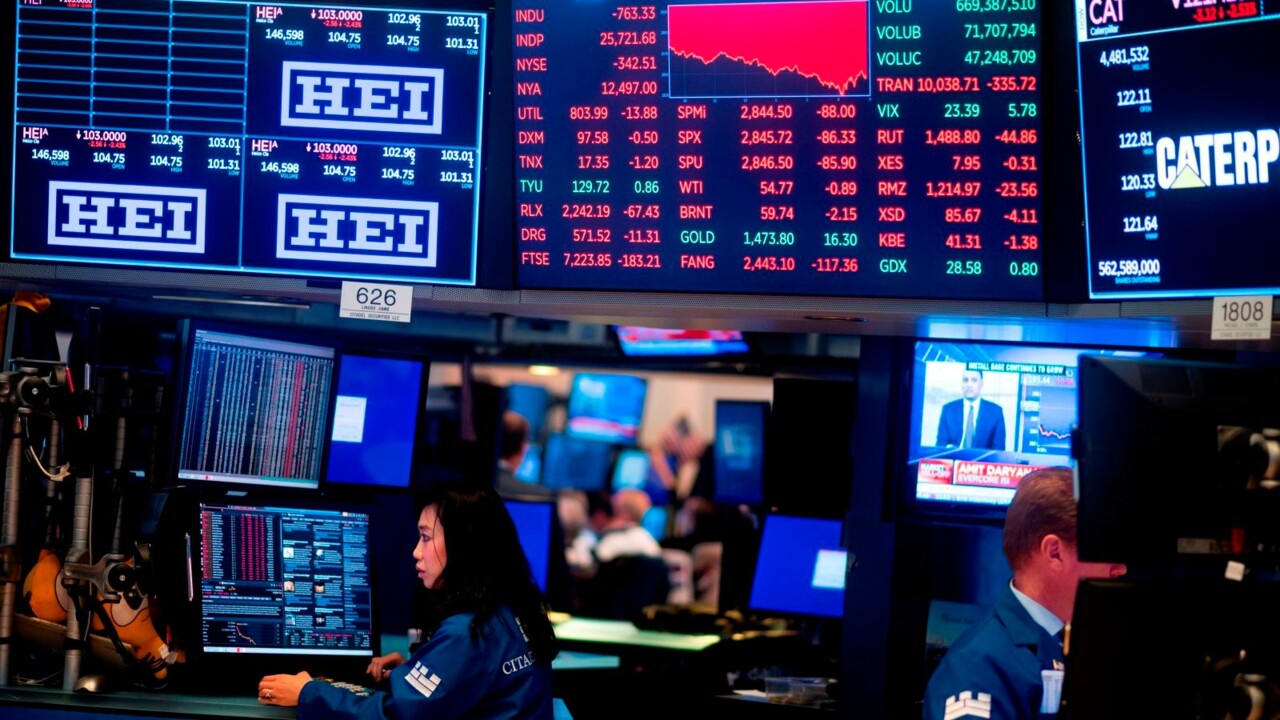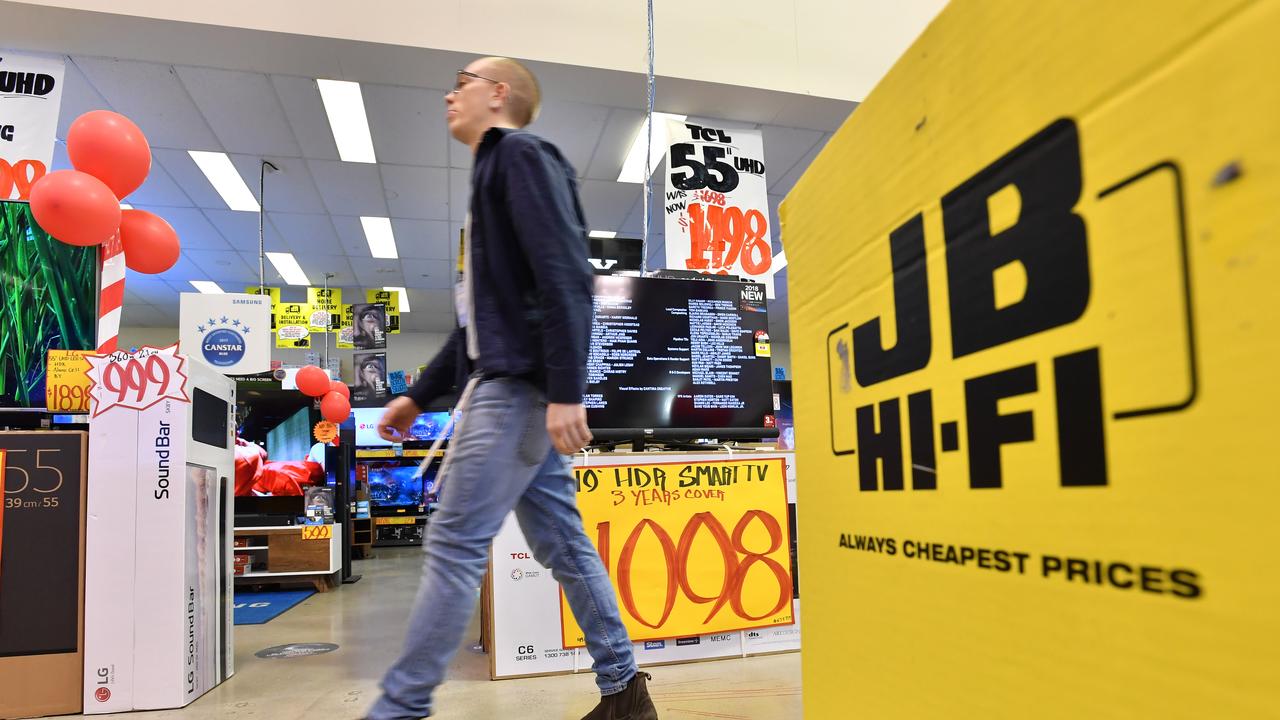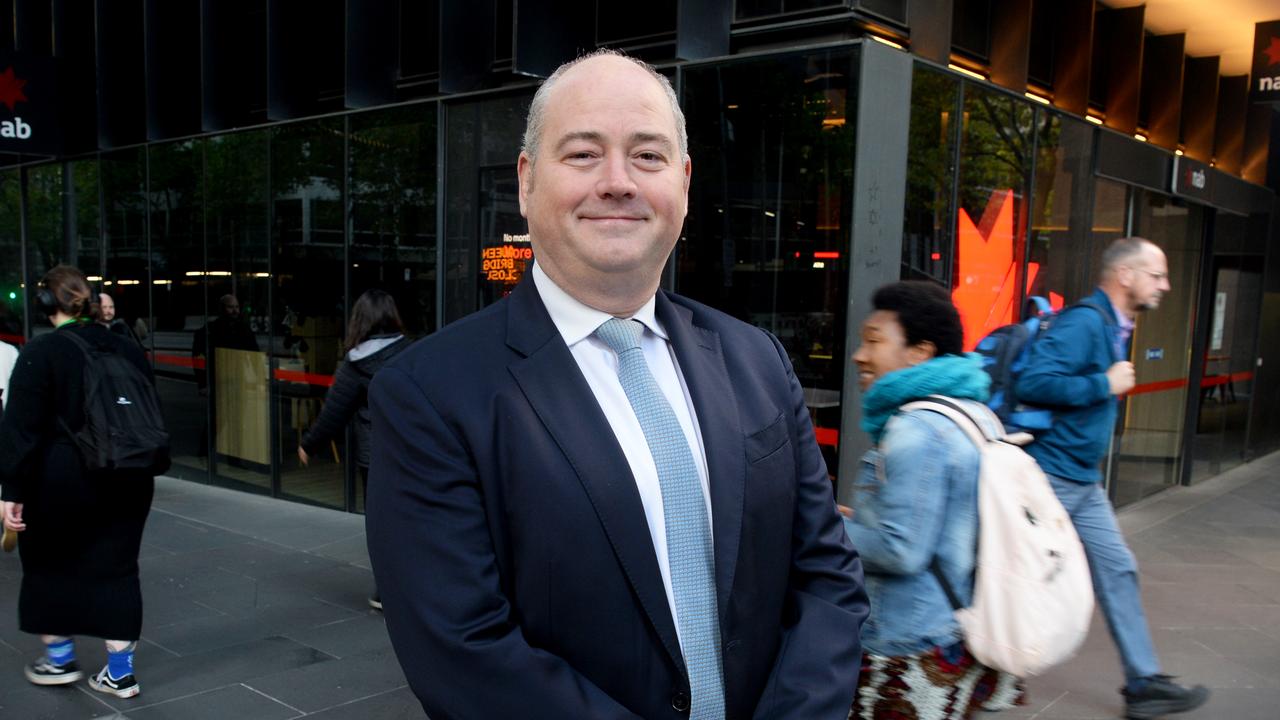CSL targets $33bn asthma market with revolutionary drug
Australia’s biggest health company is trialling a potentially groundbreaking treatment for one of the world’s most common respiratory conditions.

Australia’s biggest health company CSL is aiming to crack the $US21.6bn ($33.54bn) asthma market, developing a drug to stop inflammation in the lungs that triggers the chronic respiratory condition.
The therapy is set to highlight CSL, the third biggest company on the ASX behind BHP and Commonwealth Bank, in the minds of consumers, given more than 10 per cent of Australia’s population, or 2.7 million people, suffer from asthma.
Crucially, the drug, called trabikibart or CSL311, could shift people away from long-term use of traditional steroid therapies usually administered with an inhaler, and prevent side effects which can range from impaired growth in children to cataracts.
Chief scientific officer Andrew Nash said the aim was to deliver more personalised treatment for those with severe uncontrolled asthma than more conventional therapies.
“That’s the key with asthma therapies at the moment: being able to go to the clinicians and patients and say we recognise that you’ve got a particular type of asthma and our drug will be targeted towards the asthma you’ve got,” Dr Nash said.
“It’s a pretty competitive space, asthma. Some types of asthma are reasonably well treated at the moment but there’s still areas of asthma that are very poorly treated with current drugs, whether they’re your more traditional inhaled corticosteroids or some of the newer-generation monoclonal antibodies.
“There are subsets of asthma that are still treated equally poorly and that’s what we are aiming at here.”
CSL, which has a market value of almost $130bn, flagged the therapy in 2019 but it hasn’t been able to start a phase one clinical trial until now, after the pandemic delayed the recruitment of patients for the study.
The company, which was established 100 years ago as the government-owned Commonwealth Serum Laboratory before it was floated on the ASX in the 1990s, spends about $1bn on research and development each year, fuelling a global suite of lifesaving drugs and vaccines.
One of these treatments has become the world’s most expensive drug – a one-time-only therapy for hemophilia B called Hemgenix, which costs about $US3.5m a shot but replaces a lifetime of fortnightly infusions that can cost up to $US500,000 per patient, per year.
The asthma treatment is a recombinant antibody that blocks a family of receptors, halting the inflammatory response in the lungs that causes severe asthma attacks. This compares with current antibody therapies for asthma which target just one receptor.

“We’re the first ones to be developing a drug against this target, known as the beta-common receptor,” Dr Nash said.
“The reason it’s interesting is it’s a receptor for three soluble factors that mediate inflammation. Often it’s a monoclonal antibody-based drug, and monoclonal antibodies target a single mechanism of action.
“So we think it’s novel and has the opportunity to intervene in a number of different biochemical and cell pathways.”
It is expected it will take another five years for the asthma drug to be publicly available. It must pass three phases of clinical trials and gain regulatory approval before it an be sold for widespread use.
It was developed in partnership with SA Pathology’s Centre for Cancer Biology, which has been working with CSL for the past 20 years.
Angel Lopez from SA Pathology said it aimed to “apply the brakes” on the inflammatory reaction that causes severe asthma attacks.
“Asthma is an inflammatory disease, which means there are cells in the blood that attack the body, and in asthma, the part of the body these cells are attacking is the lungs. The reason they attack the lung is that they’re revved-up, super-activated and really nasty, as well as a little bit blind – hurting ourselves,” Professor Lopez says.
“This antibody switches them off – it effectively applies the brakes. The cells are still there, we’re not wiping them out because if you do you might facilitate infection, but they are better controlled and less revved-up.”
“The big thing is you could get away from long-term use of steroids, and some people don’t respond to steroids anyway, so we are very excited about this current project.”
The global asthma therapeutics market hit $US21.6bn in value last year and is expected to soar to $30.6bn by 2032, according to Acumen Research and Consulting.
The North America region represented the biggest share of the asthma therapeutics market, worth $US10.8bn, with Acumen citing higher diagnosis rates, aided by screening initiatives and programs. “Based on drug class, anti-inflammatory drugs accounted for the dominant revenue share of $US9.3bn in the global market in 2022, owing to their higher efficacy and compliance,” Acumen said.
Respiratory disease is one of CSL’s five therapeutic focus areas, the others being immunology, cardiovascular and metabolic, transplant, vaccines and hematology. While CSL has developed a strong track record in its research and development, some of its studies have been abandoned.








To join the conversation, please log in. Don't have an account? Register
Join the conversation, you are commenting as Logout